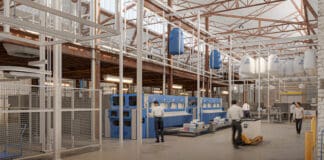Rooftop Safety
Once on the roof, it’s crucial to stay alert. Hazards such as roof hatches and skylights are extremely dangerous to anyone on a roof. Falls from skylights account for 10% of roofing fatalities. Additionally, since weather conditions can change rapidly, it is crucial to always stay vigilant and aware of your surroundings.
Fall protection is required unless there are parapet walls that are at least 39” high all the way around the roof with no openings. Additionally, OSHA requires that perimeter warning lines be set up 6’ from the roof edge. Always make sure to check your local or state guidelines for additional requirements. North Carolina, for example, requires 15’ from the roof edge. If working outside perimeter warning lines, workers must be tied off.
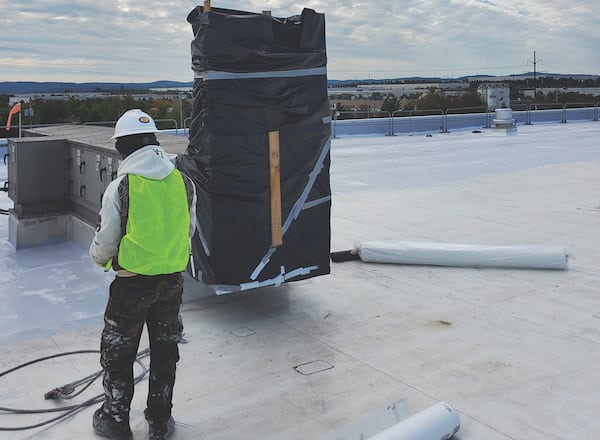
Occupant Safety
For those who are not on the roof, but are working in or visiting the building below, several safety factors need to be considered. Communication up-front regarding these concerns is imperative to a safe, successful, and satisfied environment. Ask the roofing provider if there will be debris, dust, odor, and noise before the project begins.
8 Roof Maintenance Tips For Facility Managers
With roof maintenance, there’s usually a right way and a wrong way. See what you need to remember, including mistakes to avoid. Read more…
- Debris and Dust: Occasionally there may be debris or dust that gets blown from the roof. Identify areas of potential debris and block any occupant traffic areas, including parking spots. If dust entering the facility is a concern, make sure to address this issue before any work begins.
- Noise: Ask the roofing provider what can be expected in terms of noise and at what times. If necessary, noisier work like drilling fasteners can be performed outside of peak hours for those environments with noise sensitivities.
- Odors: Non-hazardous materials can still have an odor. Again, communication up-front about what odors might be present, how strong, and at what point in time they will occur can reduce occupant complaints and concerns. Take additional precautions to reduce odor intrusion such as turning off HVAC units, covering economizers and air intakes, and coordinating working hours. OSHA has Permissible Exposure Levels (PELs) for all solvent-based materials like those commonly used in roofing. Ask your roofing contractor what the PELs are for the products being used and how frequently they take air samples to measure PELs.
Debris, dust, noise, and odors may or may not be concerns for your facility. In sensitive environments like healthcare facilities and schools, odor and noise may be more important. Industrial environments may have greater concerns, though, considering dust intrusion, static or arching, heat sources, ignition sources, and high voltage power lines. Warning the roofing contractors about hazards they may face at your site is also critical to ensure their safety.
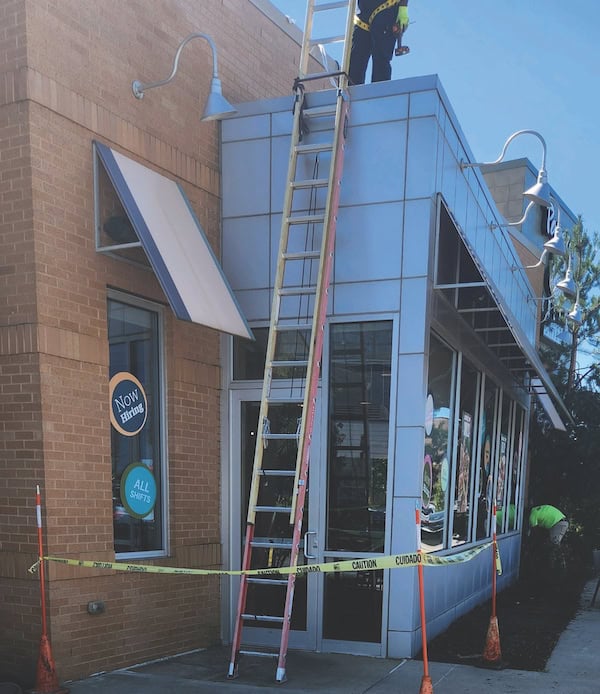
Develop a plan to protect entrances and exits and establish barricades when necessary. In some environments, spotters might be required to ensure people do not cross barricades or enter working zones. In urban or congested areas with sidewalks, scaffolding should be erected with rooftop protection. This eliminates the possibility of anything falling from the roof onto any passersby. Any necessary signage should be posted to alert people of the hazards and further decrease the likelihood of foot or vehicle traffic.
Environmental Concerns
If you have specific environmental concerns at your facility, be sure to address them in the beginning with your contractors. All providers, roofing or otherwise, should be committed to creating little to no environmental impact at your facility.
One of the most common environmental factors in roofing projects is the wash-off of applied coatings during an unexpected rain event. Coatings should be applied when there is zero chance of rain to prevent wash-off or materials flowing into streams or other bodies of water. Roofers should protect drains and gutters so that material can be captured in the event of rain.
Communication is critical to maintaining a safe work environment for both contractors on your roof and the occupants within your building. Identifying hazards and creating a site-specific safety plan is the first step, but maintaining an open line of communication throughout the job is crucial to a safe environment.
 Fluharty, Psy.D, SPHR, CEES, is the Senior Vice President of Environmental Health, Safety and Organizational Development at Simon Roofing, where he is responsible for all safety systems and practices across manufacturing facilities and 60+ service centers across the United States. His experience includes developing the widely used training program, “It Can Happen Here,” which was funded by an OSHA New Directions Grant. He actively participated in the development of several OSHA standards including the Process Safety Management of Highly Hazardous Chemicals and Cadmium Standards.
Fluharty, Psy.D, SPHR, CEES, is the Senior Vice President of Environmental Health, Safety and Organizational Development at Simon Roofing, where he is responsible for all safety systems and practices across manufacturing facilities and 60+ service centers across the United States. His experience includes developing the widely used training program, “It Can Happen Here,” which was funded by an OSHA New Directions Grant. He actively participated in the development of several OSHA standards including the Process Safety Management of Highly Hazardous Chemicals and Cadmium Standards.
Do you have a comment? Share your thoughts in the Comments section below, or send an e-mail to the Editor at jen@groupc.com.




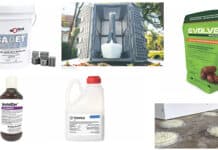
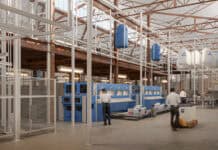

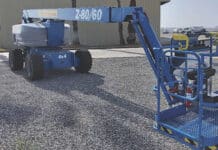
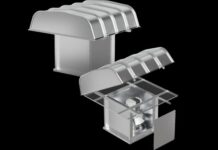



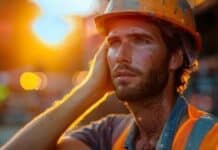

 8 Roof Maintenance Tips For Facility Managers
8 Roof Maintenance Tips For Facility Managers

![[VIDEO] Job Order Contracting: Accelerating the Projects that Matter](https://facilityexecutivemagazine.kinsta.cloud/wp-content/uploads/2024/05/maxresdefault-324x160.jpg)
